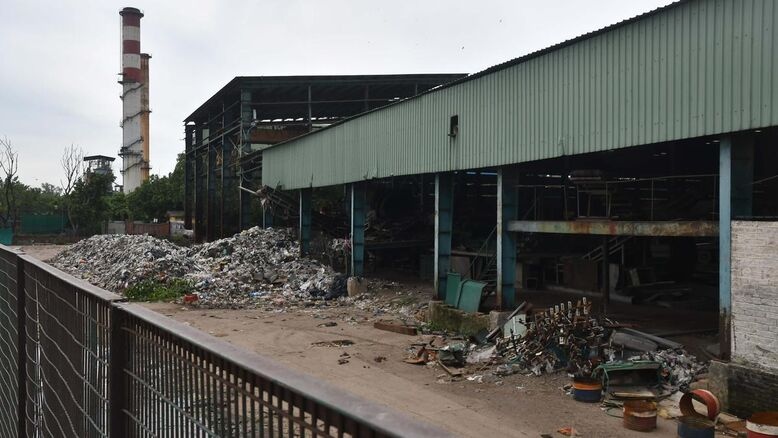Back in 2012, the capital city Delhi decided to solve one of its biggest environmental problems of waste disposal by burning the garbage to produce electricity. The 200 ft giant mountain of trash on the eastern side of Delhi, famously called the Ghazipur landfill, was to be incinerated safely. This incineration was planned in a state-of-the-art plant, which can turn waste into electricity, tackling two major problems in one go.
However, a five-year-long investigative report carried out by the New York Times presents a completely different picture of the government’s revolutionary plan of creating electricity from waste. According to the air and soil samples collected by the New York Times over a period of five years, the burning of landfills is exposing as many as 1 million people to toxic smoke and ash. The investigation also claims that the waste-to-energy plant at Delhi’s Okhla is responsible for exposing many residents of the area to toxic emissions. Daily, residents are reporting health issues after getting exposed to hazardous elements like cadmium, lead, and arsenic.
The Okhla plant, run by the Jindal group’s JITF Intralogistics, is a public-private partnership with the Municipal Corporation of Delhi. The project was called a ‘green model’, however, the New York Times report claims that the facility was a failed attempt. The project has allegedly also prioritized cost-cutting over community safety, rendering it ineffective.
The New York Times Investigation
During the course of the investigation done by the New York Times, approximately 150 soil and air samples were collected within the span of five years from around the Okhla plant. After completing sample collection from 2019 to 2023, the samples were analyzed with the assistance of scientists from Johns Hopkins University and IIT Delhi. The results from the analysis show that samples contain dangerously high levels of heavy metals like cadmium, levels of which were recorded at 19 times the permissible limit. Similarly, manganese was recorded 11 times higher, arsenic recorded at 10 times, lead at four times and cobalt at three times.
Prolonged exposure to these heavy metals can lead to major health issues, ranging from respiratory disease, neurological disorder, cancer or fetal abnormalities. Residents around the Okhla plant have started to report incidents of respiratory disorders, skin, boils, and black phlegm production. Children and pregnant women surviving near hazardous ash sites are at particularly high risk.
But the New York Times report should not be taken as a surprise, since it already aligns with the internal government report that flagged high levels of ‘Dioxins’ emissions from the plant, earlier. Dioxins are highly toxic substances, known to be the key components of Agent Orange, a defoliant used by the US military in Vietnam.
The Carbon Market
The NYT report also includes interviews with plant workers, who lack basic safety measures at the site. Meanwhile, the Jindal group reportedly continues to gain carbon credits for its operation of the waste-to-energy plant, as per the new government contract.
The Okhla plant even managed to get a certificate from the United Nations in 2011. This is because the plant uses trash instead of fossil fuel to generate electricity and is expected to contribute towards clean energy production. Because of this, one of India’s biggest family business empires, the Jindal group, has earned the right to sell carbon credits to the global market. But, as the New York Times has also suggested, there is nothing green in projects like these.
“The plant was never regulated, and the government knows.”, said Rakesh Kumar Agarwal, a former manager at the Okhla Waste to Energy plant, to NYT before he died in 2020. Agarwal also spoke about routine skipping of basic safety measures to save money.
When the plant was established, the government promised an innovative solution to tackle Delhi’s trash mountain and electricity shortage, simultaneously. The Jindal Group received land to run the plant and also was promised a 2 million dollar government grant to help the facility. The Municipal Corporation of Delhi supplies the plants with garbage to burn. This is how the plant became a joke in the name of a green technology solution.
In recent times, the government has clamped down on all demonstrations in Delhi against the plant. Since the Okhla neighbourhood is a mix of Hindu and Muslim, the community finds it hard to unite for environmental protection.


